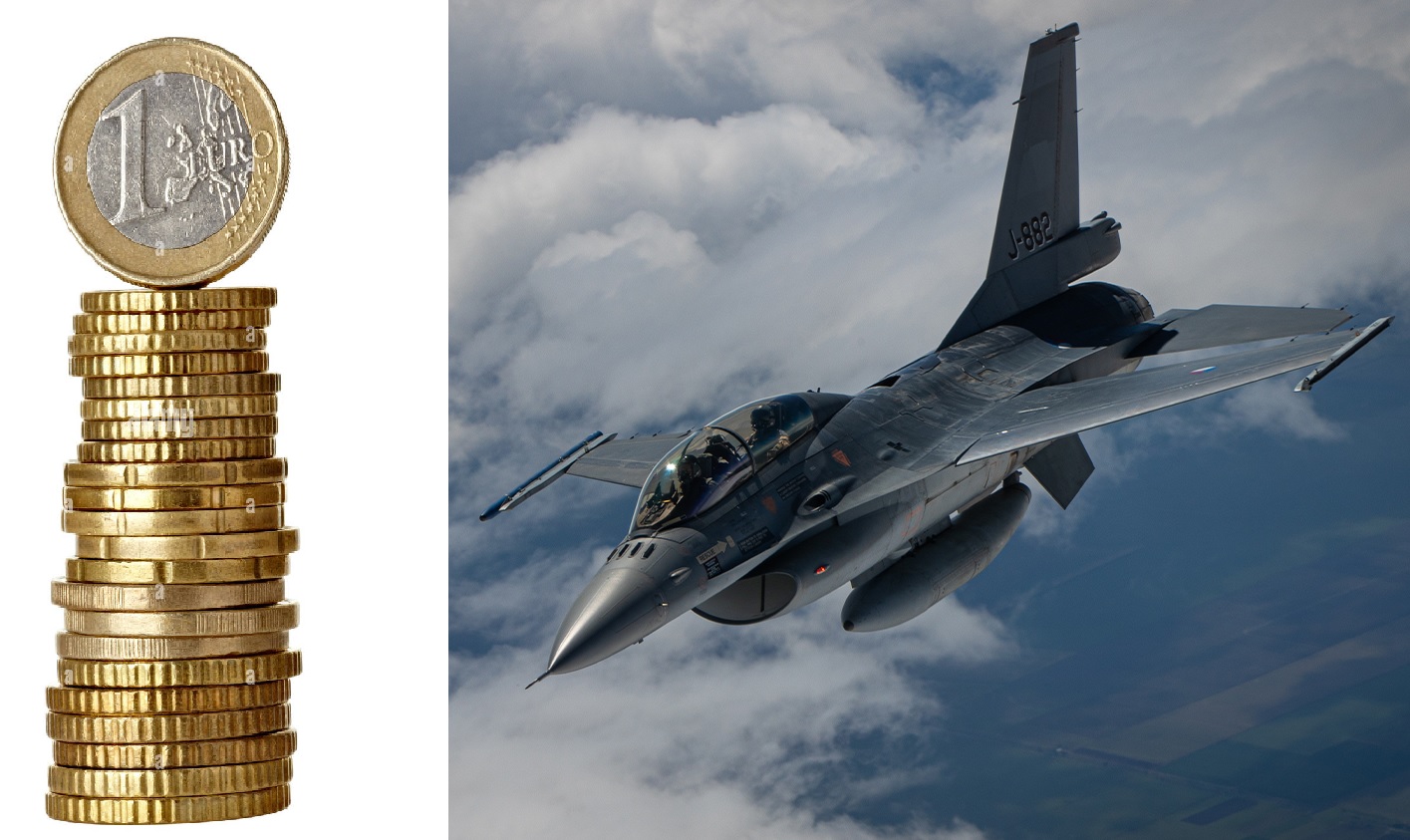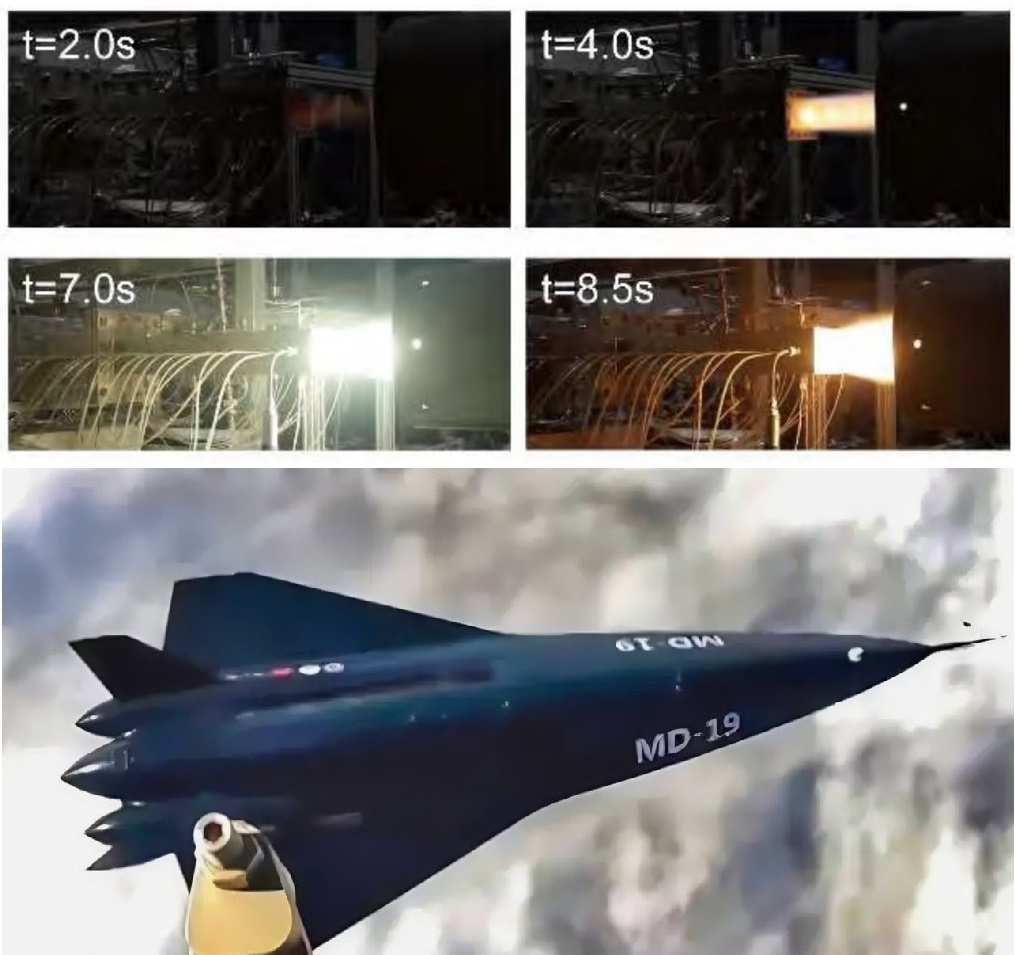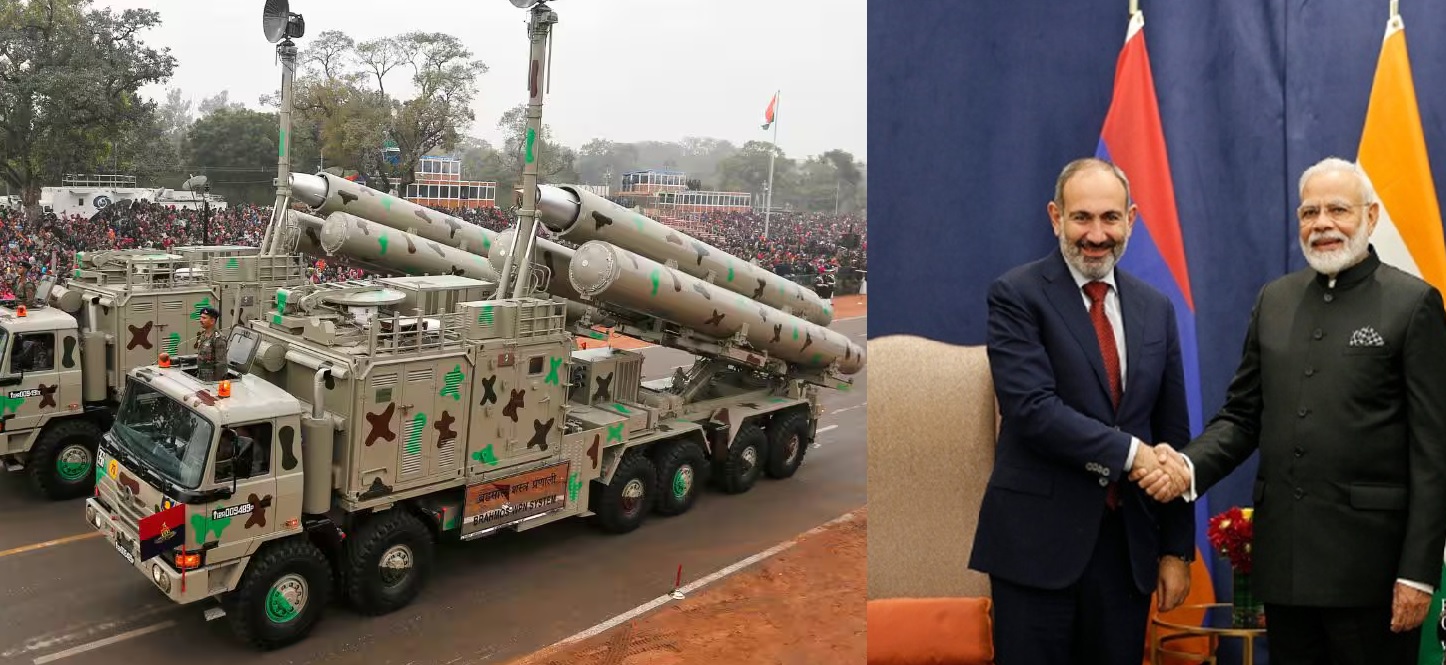Romania Acquires 18 Dutch F-16s for €1 to Strengthen NATO’s Fetești Training Center

Romania has formally taken ownership of 18 F-16 fighter jets from the Netherlands for a symbolic price of €1, marking a unique defense partnership aimed at reinforcing the European F-16 Training Center (EFTC) located at the 86th Air Base in Fetești. The agreement was officially signed on 3 November 2025 in Bucharest, transforming aircraft previously loaned for multinational training into assets fully owned by the Romanian Air Force.
The deal underscores Romania’s growing role in Europe’s air defense ecosystem and NATO’s eastern flank. Although the purchase price is purely symbolic, the transfer carries major operational and strategic value — turning Romania into a regional hub for F-16 training, maintenance, and sustainment.
Symbolic but Strategic Transfer
Under the intergovernmental agreement, the Netherlands transfers 18 retired F-16AM/BM fighters that had been deployed in Romania as part of the EFTC initiative launched in 2023. These aircraft have been used to train both Romanian and Ukrainian pilots, supported by NATO instructors and U.S. defense contractors.
With ownership now in Romanian hands, the jets will be registered under the Romanian Air Force and integrated into national inventory. Officials stated that the primary goal is to ensure uninterrupted pilot training, provide maintenance flexibility, and create spare-parts depth for Romania’s growing F-16 fleet.
The Dutch Ministry of Defence emphasized that the transfer strengthens Europe’s collective airpower training base, while Romania’s Defence Ministry highlighted that this step “cements the country’s role as a key contributor to NATO’s pilot training programs.”
Timeline and Context
The European F-16 Training Center was inaugurated in November 2023, a joint initiative by Lockheed Martin, the Netherlands, and Romania. The first batches of Ukrainian pilots began training there in 2024, with the center gradually expanding to include allied trainees.
The November 2025 agreement formalizes the aircraft transfer that had already been operationally based at Fetești for over a year. Romania is expected to complete full integration of the jets by mid-2026, with upgrades and maintenance conducted locally by the Romanian Aerostar facility.
Romania’s Expanding Air Power
Romania’s acquisition of the Dutch F-16s is the latest move in its decade-long modernization of the Air Force. The country initially bought 12 F-16s from Portugal in 2016, followed by 32 upgraded Norwegian F-16s under a deal signed in 2022. With the latest addition of 18 Dutch jets, Romania’s total F-16 inventory now exceeds 60 aircraft, forming the backbone of its combat fleet.
According to open-source defense data, Romania’s current air force strength includes roughly 140–150 aircraft, encompassing fighter jets, transport planes, and rotary assets. The MiG-21 LanceR fleet has been fully retired, leaving the F-16 as Romania’s only multirole combat platform until the introduction of the F-35 Lightning II later this decade.
The Romanian government approved its plan to join the F-35 program in 2024, with initial deliveries expected after 2030. Until then, the F-16 remains the key transitional platform for maintaining NATO interoperability and operational readiness.
Strengthening NATO’s Eastern Flank
The Fetești air base, situated near the Black Sea, has become one of NATO’s most important training and operational sites. The European F-16 Training Center allows alliance pilots to receive standardized conversion training without relying on facilities in the United States, significantly shortening pilot training pipelines.
For Ukraine, the EFTC provides critical pilot conversion capability as its Air Force prepares to field donated F-16s from European nations. Romanian officials have stated that their infrastructure investments — including modernized runways, simulators, and maintenance hangars — were made precisely to support this broader allied mission.
The €1 transaction, though symbolic, ensures that the aircraft remain available in Romania for years to come, providing both training resilience and defensive readiness. By converting the jets from Dutch ownership to Romanian control, NATO avoids bureaucratic limitations and guarantees long-term continuity of training operations in southeastern Europe.
✍️ This article is written by the team of The Defense News.






